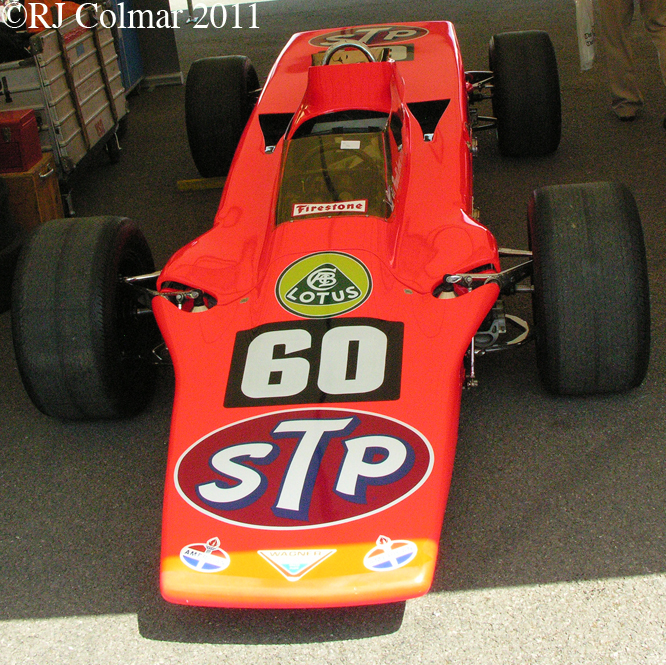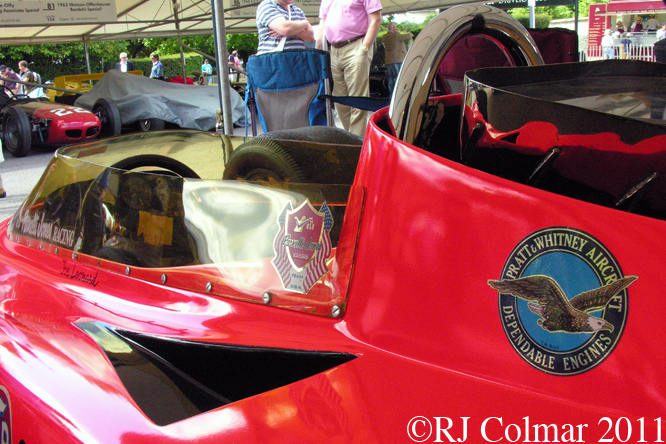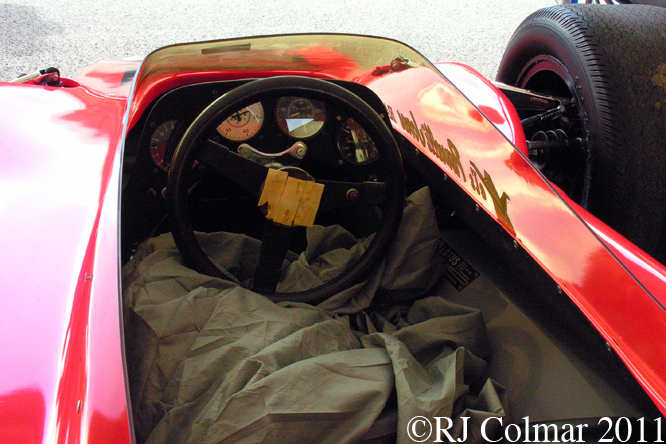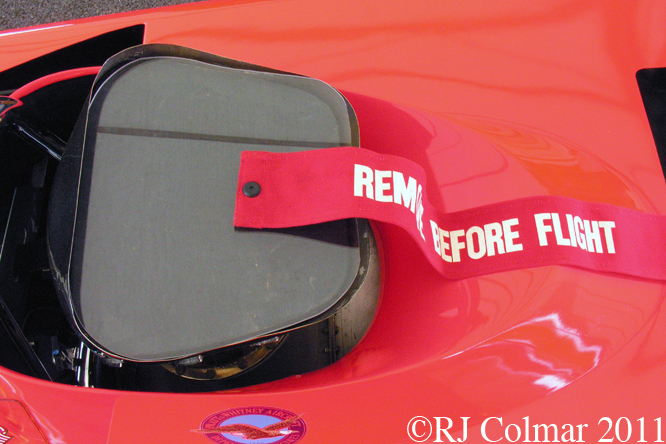No sooner had Chevrolet announced the arrival of it’s Camaro model in 1967 to compete against Ford’s Mustang than racers in the USA were lining up to challenge the Mustang’s hegemony in the Trans Am series with the 302 cui / 5 litre Z/28 variant like the example seen here at a Silverstone Classic Press Day a couple of years ago.
Among those racing Z/28’s in 1967 way Bobby Brown whom records show raced a Penske Z/28 with George Wintersteen and Joe Welch in the 1967 Daytona 24 hours where they qualified 22nd but retired.

Bobby also raced a Robert Chevrolet entered Z/28 in the 1967 Sebring 4 Hour race in which he finished 6th from 9th on the grid.
Records show Bobby racing a Z/28 on two further occasions at Lime Rock in 1967 winning his class in a SCCA event in mid May.

Today’s featured car is believed to have been raced by Bobby in 1967 before being shipped to the UK in 1968 where Malcolm Wayne drove it in the British Saloon Car Championship the following season Mike Kearon did likewise.
In 1970 the car went to Bill Davis Racing where it was part of a two car stable that included a Z/28 built from scratch that was driven by Roy Pierrepont.
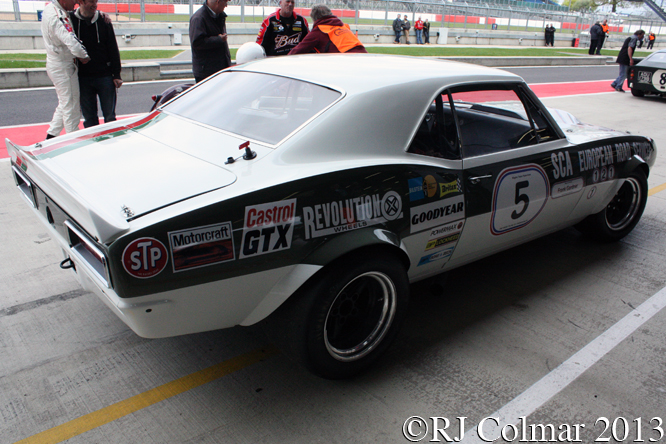
Adrian Chambers acquired the car in 1971 for his SCA Freight team that was joined midway through the season by Australian Frank Gardner who won two British Saloon Car Championship races with it.
Frank also raced the car in a couple of rounds of the Deutsche Rennsport Meisterschaft 1972 finishing a best 2nd at Diepholz.
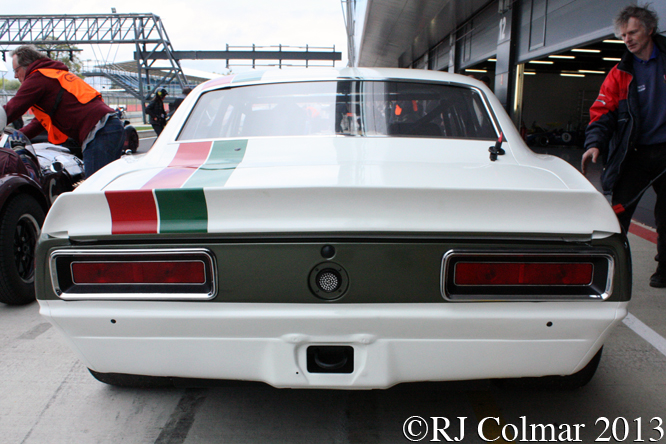
After it was replaced in the SCA team by a second generation Camaro Frank had today’s featured car sent first to New Zealand and then to Australia where he raced it into 1973.
John Pollard appears to have been responsible for fitting the larger ’69 spec rear spoiler in preparation for his entry into Australian Super Sedan races somewhere around 1976.
Thanks for joining me on this “’69 Spoiler” edition of “Gettin’ a li’l psycho on tyres” I hope you will join me again for Ferrari Friday tomorrow. Don’t forget to come back now !



